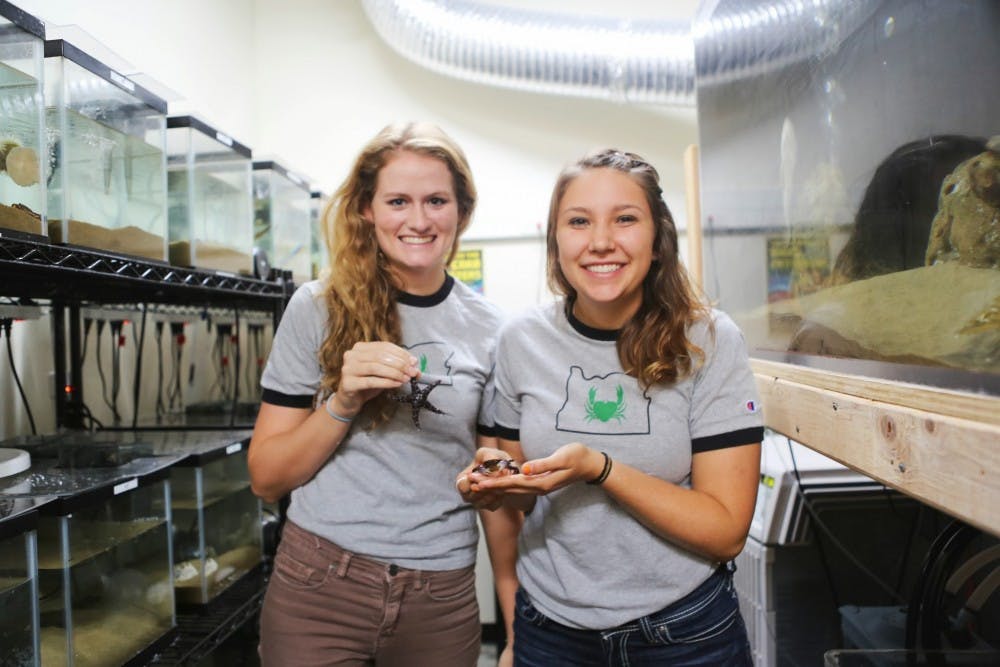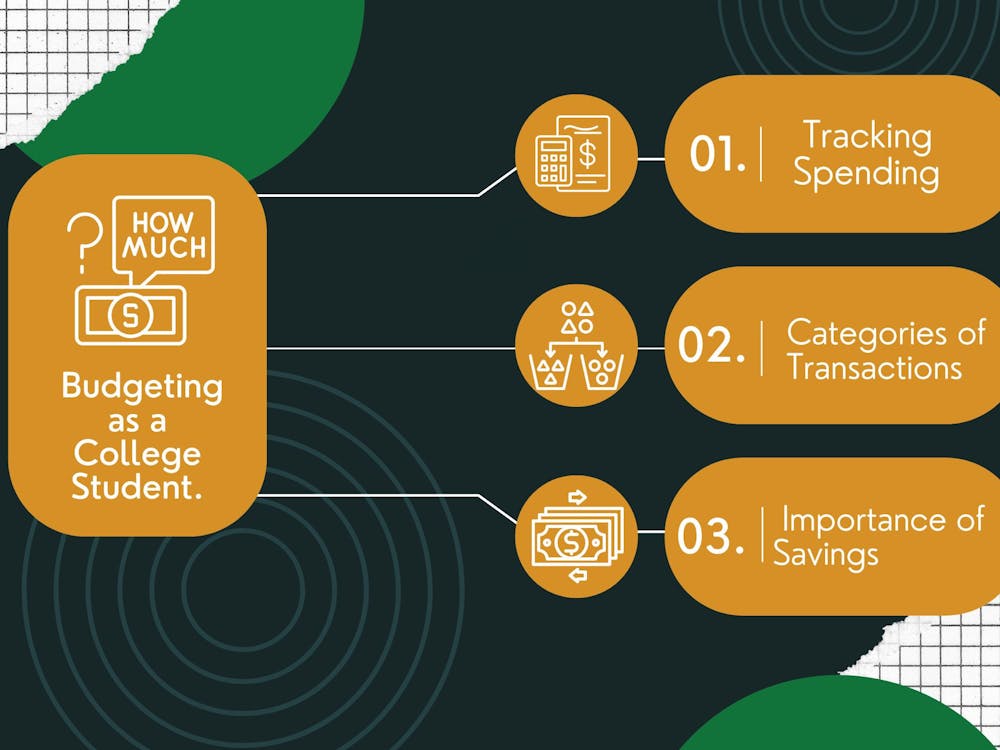By Erika Murphy |
Assistant Professor Tara Maginnis is an expert at the Crab Walk.
Not the party game that involves walking on hands and feet with stomach flipped toward the air. No, Maginnis is the owner of Crab Lab, a research facility in Swindells Hall. On Sept. 27, the Crab Lab is opening its doors for the annual Crab Walk, an open house for the community.
Though party games are not in store for the event, attendees will find research students pointing out various marine life. Interactive tanks will cover every inch of spare space.
“I want UP students and staff to know this (lab) is here. Because there’s no windows, they have no idea what’s in this room!” Maginnis said.
Working as research assistants this summer, seniors Kate Bates and Tai White-Toney know the lab well. Along with Maginnis, the trio studied limb loss and regeneration in crabs.
“We had 150 crabs at a time this summer,” White-Toney said. “It was beneficial to learn how to keep them alive too.”
There was more to the job than merely making sure the crabs were kept alive and well.
Granted a great degree of independence, Bates and White-Toney spearheaded their own experiments under Maginnis’ direction. Such self-driven research is rare among undergraduates, particularly at non-research universities.
“What’s the point of saying, ‘Here are your instructions … Go!’” Maginnis said. “The point of this (internship) is for them to be creative, figure it out: fail, succeed. This has prepared them to do research anywhere that has an animal facility.”
Because of their resiliency, crabs have proved ideal candidates for research. The crabs are used in freshman biology courses in addition to others taught by Maginnis. More sensitive species would not be able to sustain the fluctuations to their environment or the many hands that work with them.
Maginnis is undeniably passionate about her work.
“I have questions to keep me busy for 30 years!” Maginnis said. “The field of leg loss and regeneration is huge.”
Although they had individual research projects, Bates and White-Toney also worked closely together. When Maginnis was out of town one week, they imitated predators such as birds to test the effect of predation on the crabs.
“The gulf sounds (they used to mimic predators) were kind of the most obnoxious things,” Bates said.
Crabs won’t be the only animals showcased at the Crab Walk. Snails and an octopus named Po, short for Poseidon, will also be on display.
Po, the Crab Lab’s first octopus, was found accidentally on a trip to Oceanside, Ore.
Bates and White-Toney are teaching her tricks, such as how to open a jar.
“Maybe by the 27th she’ll (finally) be able to open it!” White-Toney said.
The Crab Walk will take place Sept. 27 from 12 p.m. to 6 p.m. in Swindells Hall 128.








